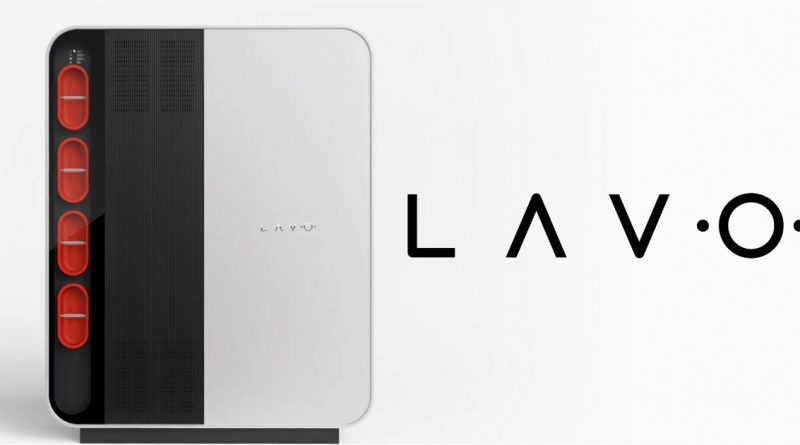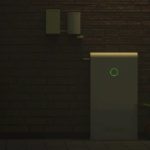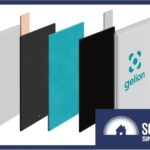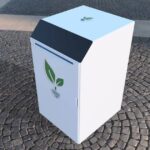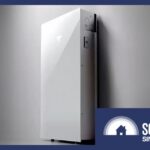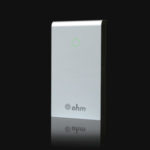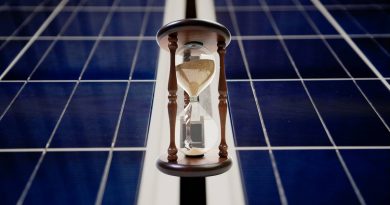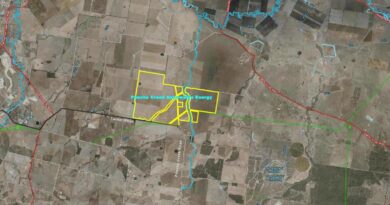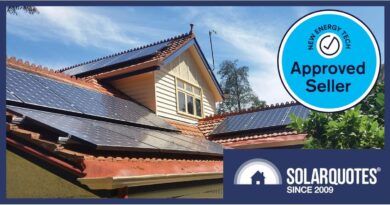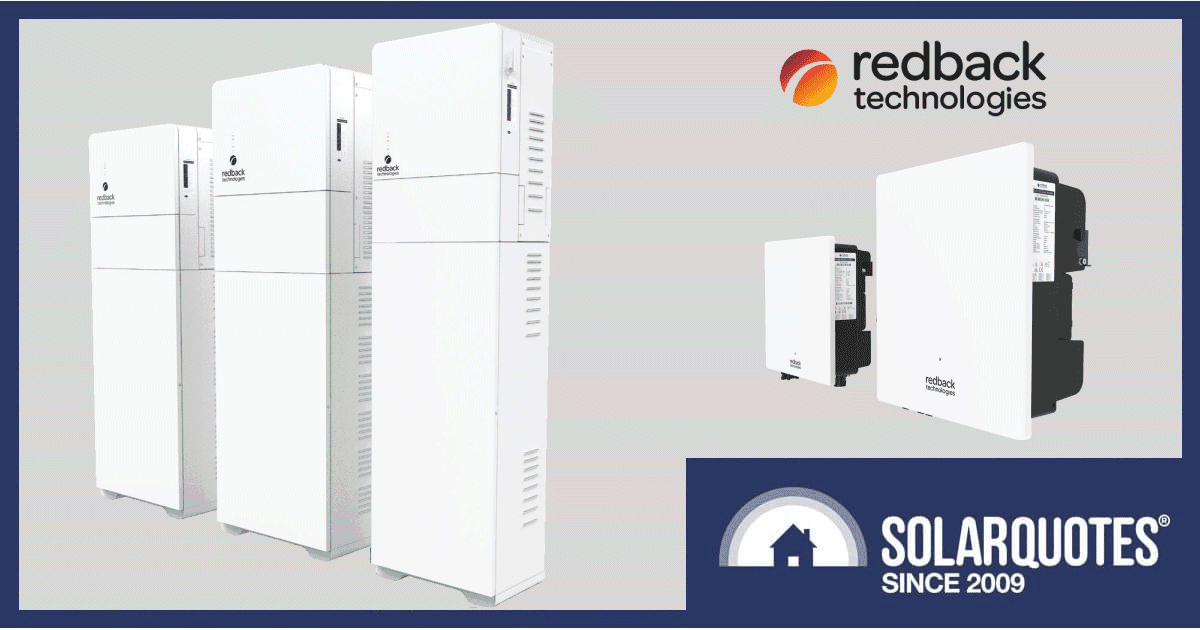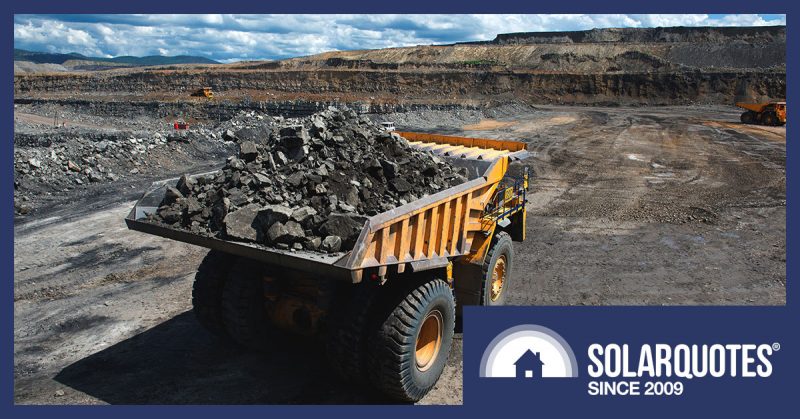LAVO Scores $5 Million Grant For Home Hydrogen Battery Production
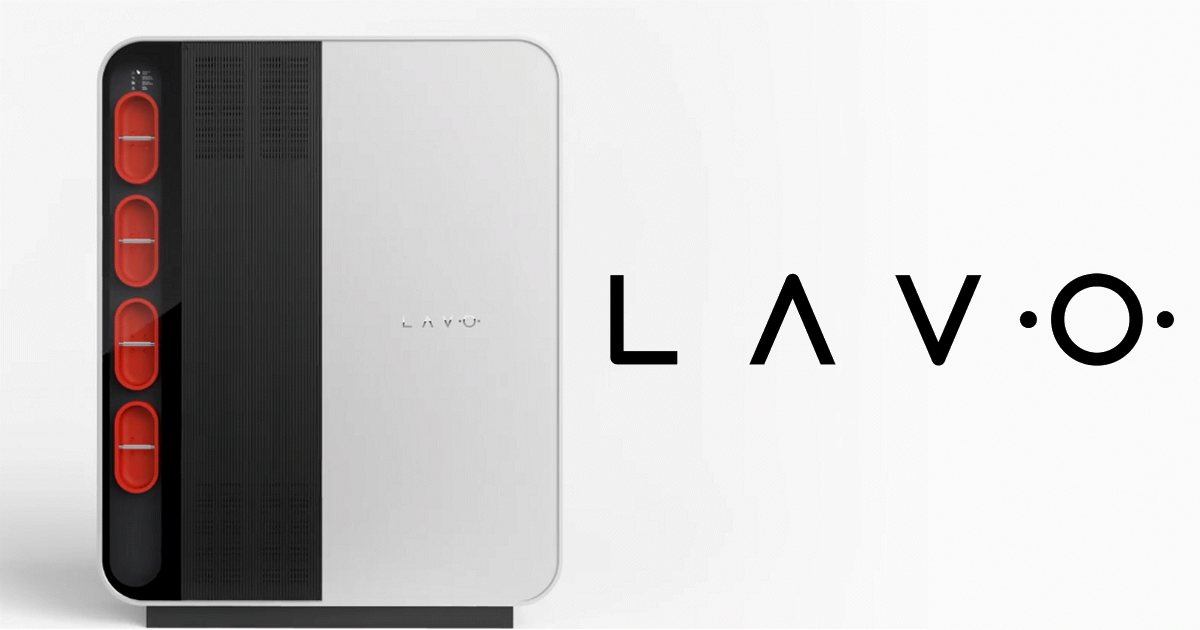

The NSW government has reportedly provided a significant grant to a local company manufacturing a unique hydrogen-based energy storage system for homes and businesses.
In a nutshell, the LAVO battery produces hydrogen from tap water with an electrolyser, a process powered by solar panels. It stores the hydrogen in patented metal hydride units and converts it back into AC power on demand via a fuel cell.
LAVO has a usable capacity of 40kWh, with an output rating of 5kW continuous and a peak output of 6.8kW. As a comparison, the Tesla Powerwall has 13.5kWh capacity. But the extra storage capacity doesn’t come cheap, with the original LAVO costing around $34,750 and the 2022 edition (all spoken for) still a rather pricey $29,450 before installation.
The battery is a fairly hefty beast, with dimensions of 1680 x 1240 x 400 mm and weighing in at 196 kg. But the Tesla Powerwall is no lightweight either at 114kg – and LAVO works out to be much lighter than three of those.
LAVO says the metal hydride unit that absorbs the hydrogen for storage will last three times longer than similarly priced lithium-ion batteries; so around 30 years – but the warranty on the hydride is only 10 years. The system also incorporates a small lithium-ion battery for fast response time.
The company says a bathtub of water “could power the house for 2 weeks”. So, how much water is that? It depends on the bath, but anywhere from 135 – 410 litres. At the upper end of the range, that’s about a buck’s worth of water. The company recommends using potable water as hard or dirty water will result in the filters and RO membrane needing to be replaced more often, and that’s another ongoing cost to consider.
The round trip efficiency of the LAVO unit is approximately 50% due to energy being lost in the process of electrolysis and at the fuel cell.
If you want to learn more about this interesting battery, how it works and the company behind it (and what’s with the name) , check out Ronald’s LAVO battery review.
Lucky In LAVO
LAVO has generated a lot of interest and it was revealed yesterday by the Newcastle Herald (paywall) the company has received backing from the NSW State Government in the form of a $5 million grant from its $130 million Regional Job Creation Fund.
The Fund offers up to $10 million in co-funding to activate or accelerate regional projects in engine, enabling or emerging engine industries. The NSW Government describes an engine industry as:
“Engine industries vary by region, normally have a competitive advantage and tend to trade their goods outside the local area or sell their services to non-locals.”
As for how many jobs will be created, the Fund’s web site notes the NSW Government contribution “will be no more than $20,000 per new job created through the project.” That would work out to at least 250 jobs.
LAVO’s head office is in Sydney, but its battery manufacturing is carried out in Tomago, an industrial/semi-rural suburb of the Port Stephens local government area in the Hunter region.
Commenting on the LAVO cash, Parliamentary Secretary for the Hunter Taylor Martin said:
“The grant to LAVO is an example of how we are supporting the Hunter position itself in the hydrogen industry, create jobs and ensure our future as a major energy exporter.”
There will be a bunch of new LAVO jobs generated further north as well. In November last year, the company announced it will also be establishing a $15 million factory to manufacture hydrogen fuel cells in Queensland. The Palaszczuk Government is supporting the project under the Invested in Queensland program. Construction of the new facility is to begin in early 2022 and expected to be completed by the end of this year.
Related: Solar Battery Storage Explained.
Original Source: https://www.solarquotes.com.au/blog/lavo-battery-grant-mb2333/

